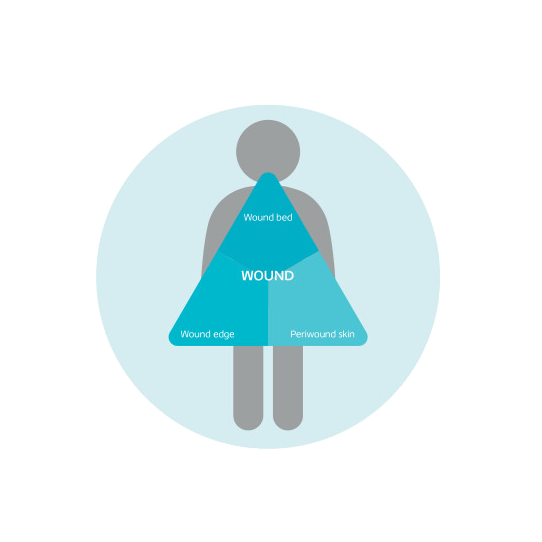
Get full access with a free account
Benefits of the Coloplast® Professional Educational platform
![]() Full access to educational content, events and resources
Full access to educational content, events and resources
![]() Track your progress
Track your progress
![]() Share content with your colleagues
Share content with your colleagues
![]() Share supporting material with your patient
Share supporting material with your patient
Why is wound assessment so important?
Living with a wound has a significant impact on a patient’s quality of life. As many of you know from your own clinical practice, non-healing wounds are not only painful; they also cause great distress for the patient.1,2 (‘Advancing practice’/’Health-related quality of life’)
Both patients and HCPs worry why the wound is taking so long to heal and what might be going wrong. Some have to deal with the smell of exudate, which might stop them from going out altogether – adding social isolation to their pain and distress.
Knowing how to assess the patient’s wound correctly is the key to putting an end to all this suffering.
That means covering all the factors that affect the wound’s healing process – from identifying the underlying cause of the wound and the barriers that are preventing it from healing, to setting clear treatment goals and aligning expectations with the patient.
We call this approach holistic wound assessment. Let’s take a closer look at what that involves.
What is holistic wound assessment?
As the term suggests, a holistic wound assessment is an approach that takes into account the combination of factors – inside and outside the wound – that affect the healing process.
A holistic wound assessment involves:1
- the patient’s medical history – including current and past medical conditions; their psychological, social and spiritual history; their wound care environment and access to specialised health services.
- a physical assessment of the patient - including factors such as respiration, blood pressure, heart sounds, skin assessment, etc.
- a comprehensive wound assessment – including assessment of the wound bed, the wound edges, the periwound skin and patient pain levels.

A structured approach to your wound care management plan
The holistic approach to wound assessment is a structured and comprehensive approach to wound management. It helps you to consider all the factors that affect wound healing and gives you a baseline for tracking the healing process so you can adjust the goals you set for management along the way.3
With this approach, you are considering the ‘whole patient’ and not just the ‘hole in the patient’.
A wound assessment and documentation tool will help you to make sure you are conducting a holistic wound assessment. Check out our Triangle of Wound Assessment tool and let that guide you through the process.
How to assess your patient6
- Determine age, mobility, dexterity, mental capacity and ability of the patient to engage in Supported Self-Management.
- Check current medications and medication history.
- Check co-morbidities, deteriorating or uncontrolled conditions, wound and pressure ulcer risk history.
- Check for clinical history, such as previous surgeries, wounds and diseases, allergies, and other factors.
- Identify life-style risk factors such as: smoking, nutrition (underweight or obesity), sedentary life-styles and alcoholic/substance abuse.
- Check for vascular insufficiencies.
- Check for dermatological diseases and complications such as allergies to wound preparation and treatment products.
- Identify sociological issues, such as income instability/employment, housing, social network, social isolation, and overall quality of life.
- Identify psychological issues, such as depression, anxiety, and other factors.
- Take note of the experienced level of pain (potential treatment must be assessed both at dressing change and during the agreed care plan).

Wound Assessment form
How to assess the type and condition of a wound
- Determine the cause of the wound (the wound aetiology).
- Understand the wound’s history, duration and healing progression.
- Document the wound’s location and measure its size (depth, length and width).
- Assess bioburden and check for signs of infection (refer to page 6 for further information).
- Inspect the previous dressing for any leakage (always note when the dressing was last changed).
Assess the wound bed: - Measure the wound depth
- Assess what tissue types can be observed i.e. slough, necrosis.
- Check for exudate pooling
- Determine the amount of wound exudate in both wound and dressing (how saturated is the dressing?).
- Assess the colour, viscosity and odour of the wound exudate.
- Measure the wound depth
- Assess what tissue types can be observed i.e. slough, necrosis.
- Check for exudate pooling
- Determine the amount of wound exudate in both wound and dressing (how saturated is the dressing?).
- Assess the colour, viscosity and odour of the wound exudate.
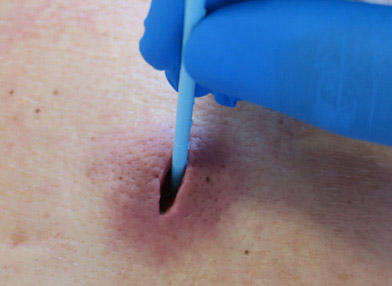
How deep is the wound?
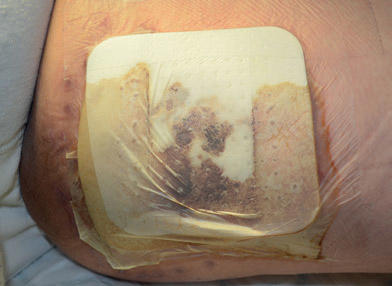
Was the previous dressing the most appropriate?
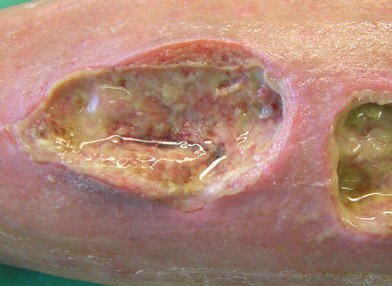
Do you see exudate pooling?
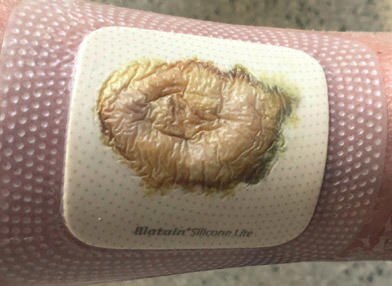
Did the previous dressing absorb and retain and retain the exudate?
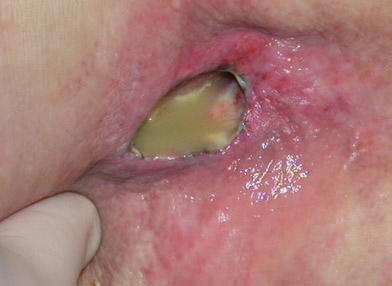
Is the exudate clear or cloudy?
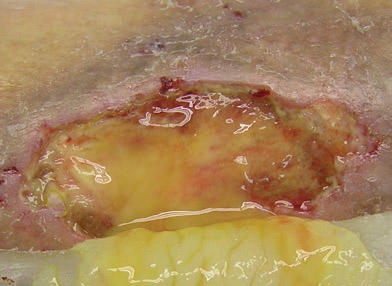
What colour does the exudate have?
Assess the wound edge and periwound skin:
- Assess the wound edges (are they attached, rolled, inflamed, undermined, advancing, macerated?).
- Assess the periwound skin (is it intact, fragile, inflamed, macerated?).
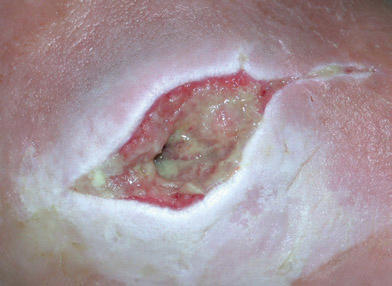
Is the wound edge and periwound skin macerated?
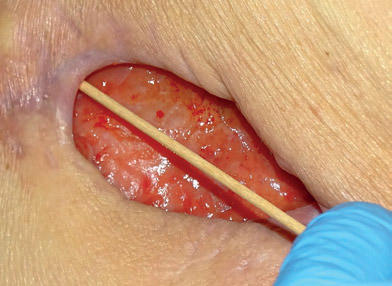
Is the wound edge undermined?
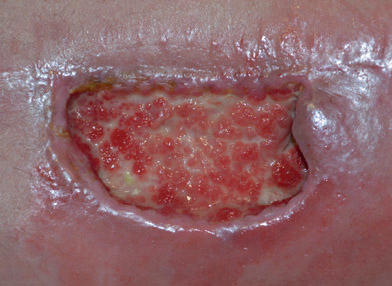
Are there rolled wound edges?
Education module - Holistic Approach in Assessing Wounds
- Importance of wound assessment
- Patient assessment
- Local wound assessment
- Documenting wound assessment
